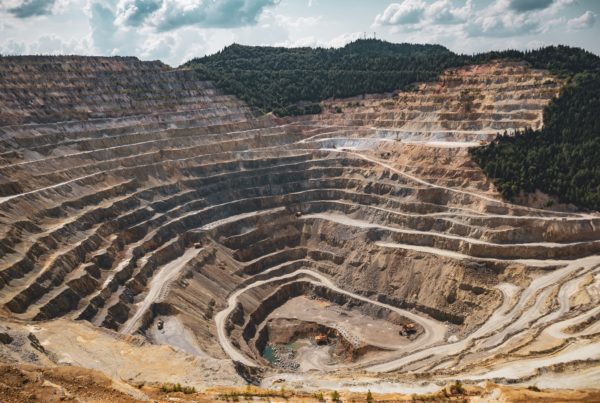
Is it possible to carry out offshore production of oil and gas using green energy from wind & wave power and hydrogen? Total and a group of project partners will be exploring the potential through a new innovation project.
Extracting oil and gas from underground requires a lot of energy, so the offshore oil and gas industry is now focusing on reducing its energy consumption and CO2 footprint.
Total is supporting a group of knowledge institutions and companies in exploring the potential for using renewable energy sources to improve the footprint of Danish oil and gas production.

Figure 1: Illustration of the project concept (Floating Power Plant A/S)
The O/G Decarb innovation project will examine the possibility of using a combined wind and wave technology on a floating foundation to store wind and wave energy that can convert electricity into hydrogen via electrolysis:
“This is an exciting and innovative project, which Total is supporting because it has the potential to solve one of the challenges of electrifying production platforms using offshore wind produced near the platform,” says Ole Hansen, Head of Development, Business & JV Management at Total E&P Denmark.
“By examining how wave and wind energy can be converted into hydrogen, the study can help create a reliable green energy supply for platforms that can be used on days without wind,” says Hansen.

Figure 2: Foto of Harald (by Total)
Reducing the climate footprint
Partnering with Total in O/G Decarb are Floating Power Plant A/S, the Danish Hydrocarbon Research and Technology Centre, DTU Wind, Hydrogen Valley, the Danish Gas Technology Centre and TechnipFMC. The project is being facilitated by the Energy Innovation Cluster and supported by the European Regional Development Fund.
In addition to ensuring that the production platform has access to a stable source of renewable energy, the project will also examine the possibility of integrating any surplus production of hydrogen into the gas sent ashore.
“If we can reduce the climate footprint of energy-intensive oil and gas production while integrating a larger proportion of hydrogen into the natural gas produced, we’ll be a step closer to climate-neutral offshore energy production. The new innovation project is therefore relevant for Denmark,” says Glenda Napier, CEO of the Energy Innovation Cluster.
Identifying the potential
In recent years, offshore wind has developed extremely positively. The price has dropped, and offshore wind energy can now be produced in deep water and harsh environments – for example, through the use of floating foundations. Anders Køhler, CEO of the company Floating Power Plant, sees a market.
“It’s not profitable to establish traditional offshore wind at the depths where offshore production typically takes place, but floating offshore wind has potential. We’re thankful that Total and the Regional Development Fund share our vision to explore this new market,” he says.
The project also presents some major technological challenges.
Morten Willaing Jeppesen, CEO of DHRTC, sees the project as a perfect opportunity to explore the potential for significantly reducing CO2 emissions from offshore oil and gas production.
“It will allow us to identify technological gaps that we need to fill on the journey towards an alternative energy supply with a greater share of renewable energy,” he says.
Thea Larsen, CEO of the Danish Gas Technology Centre, sees the same potential:
“The power-to-gas solution is a key component of the future energy system. So, the innovation project is an interesting opportunity to identify the potential of integrating offshore hydrogen production into the existing gas infrastructure,” she says.
Jørn Kristian Lindtvedt, Business Manager at TechnipFMC, sees renewable energy sources in combination with green hydrogen production as a ‘key element’ in the energy systems of the future:
“We’re delighted to be able to contribute skills across offshore energy and green hydrogen technology with a view to decarbonising the Danish oil and gas sector,” he says.
The project will run until the end of 2020.
Read the most up to date Fuel Cell and Hydrogen Industry news at FuelCellsWorks




